John Canning Studios
150 Commerce Court
Cheshire, CT 06410 USA
203-272-9868
info@johncanningco.com
www.johncanningco.com
John Canning Painting & Conservation Studios specializes in consulting and conservation; decorative painting and finishes; architectural ornament and murals. With over 30 years experience, their services in historic preservation, conservation, restoration, replication, and their budgeting are backed by first-hand, first-rate experience — not just theory. Recent projects include: Boston Public Library; preliminary study and assessment of fine art and decoration at Boston’s landmark Trinity Church. In addition to numerous churches, universities, theaters, and state capitols across the country, Canning Studios has also been entrusted with conserving and restoring prominent historic buildings in our nation’s capitol, including the U.S. Treasury Building, White House, National Building Museum, ICC, and the Executive Office.
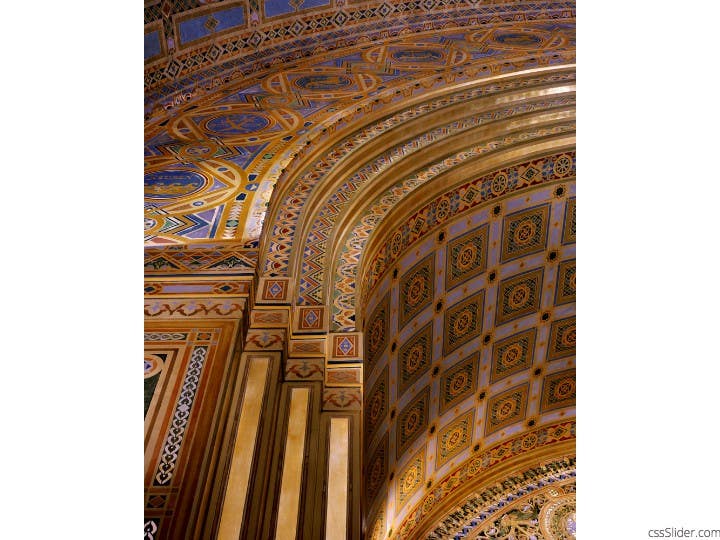
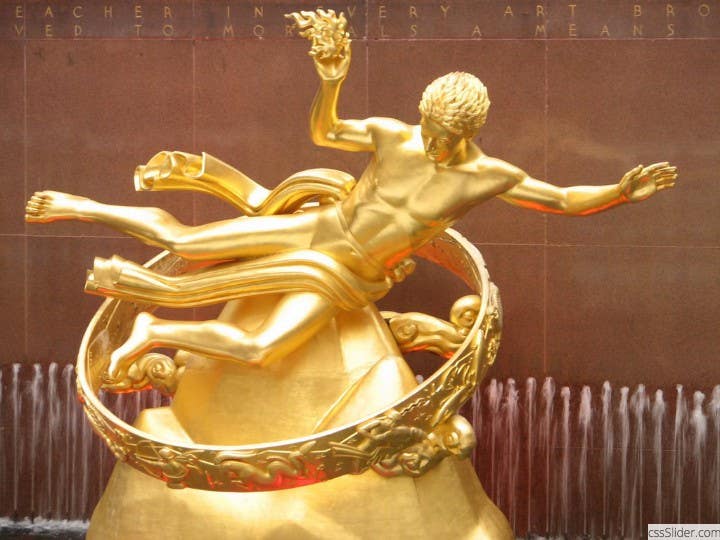
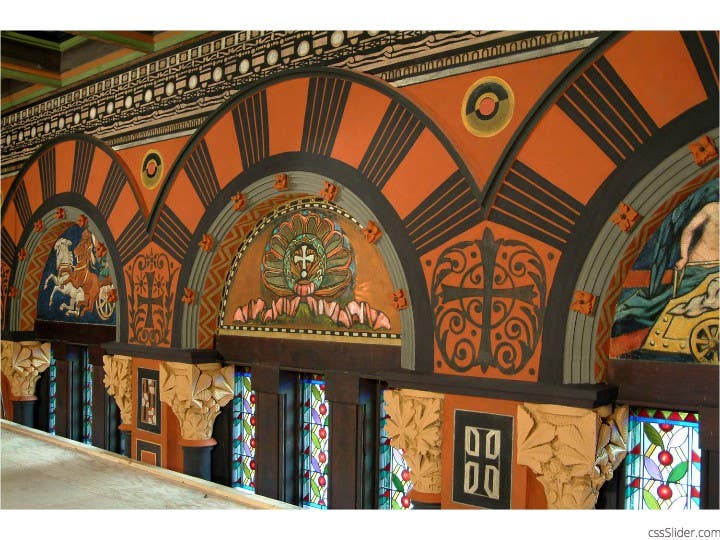
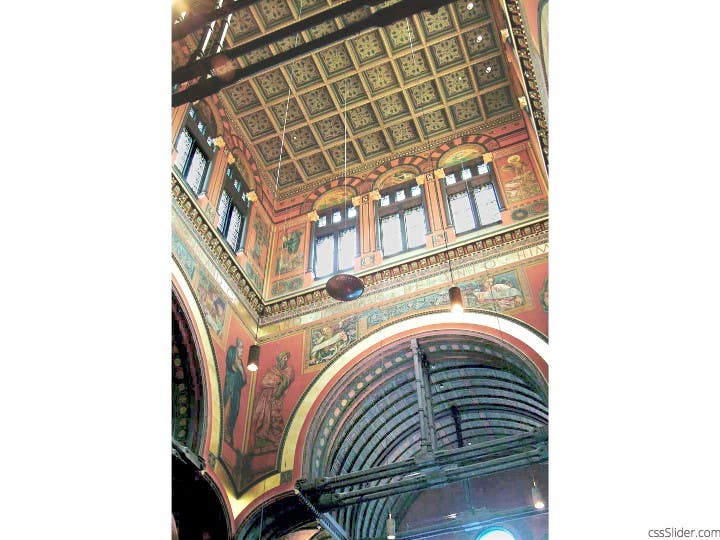
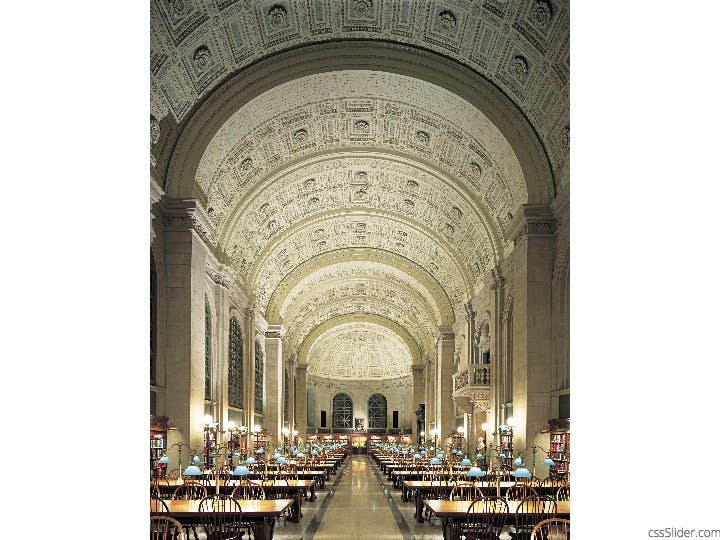
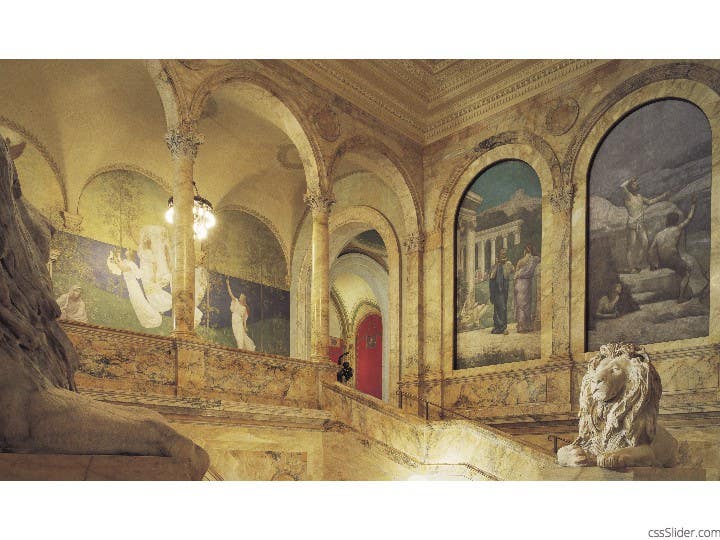
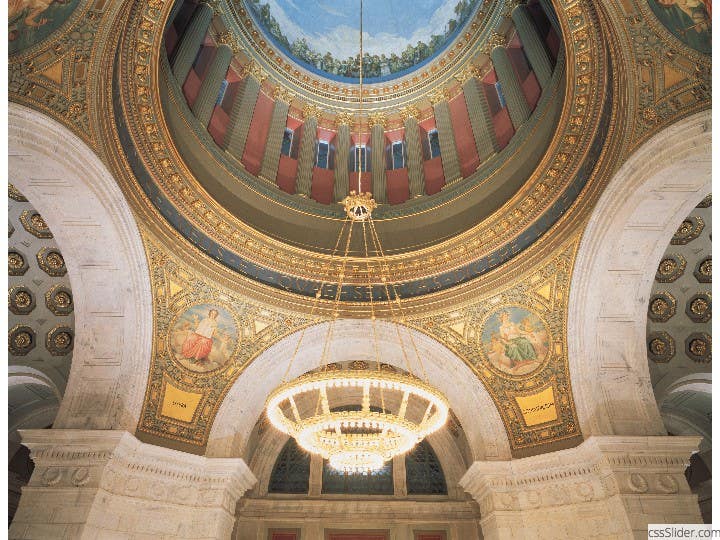
Meet the Sponsor: David Riccio of John Canning Studios
1)What are some of the projects your business has been involved with?
Our company’s projects range anywhere from high end residential homes around New England to well recognized architectural treasures such as the US Capitol, the Eisenhower Executive Office Building and numerous state capitols. We’ve been fortunate to work in buildings like the Boston Public Library, Old South Church, MIT, Harvard, and most recently the Edward M. Kennedy Institute. Our design work is most notably inspired by the Herter Brothers, Louis Comfort Tiffany, and William McPherson and a lot of our work is focused on the reconstruction of period interiors or new designs based on period interiors.
2) Have you won awards for your work? If so, which ones?
Yes, most of our awards were given through various organizations such as the AIA, ICA&A, National Trust and other historic preservation related work. We’re most honored by the fact that our clients and design team submit our projects for consideration and are as valuing of our work as we are.
3) What types of clients do you work with? Residential, Commercial, Institutional? Do you work mostly with owners or with architects and contractors?
We work with all types of clients from individual home owners to intricate multi-government agency programs. We often work for and collaborate with architects and general contractors, however, when it makes sense for our client, they often hire us so they can be directly involved with our process. Our clients often like working with us closely because they are excited about the transformation taking place and are intrigued and fascinated by the traditional materials and techniques that we use. They find themselves delving deeper into our trades out of curiosity.
4) What values are important to your clients when working on historic preservation and traditionally inspired new construction?
Our client’s values differ depending on the project, however, our initial objective is to learn from our clients’wants and needs and bring their ideas to reality, exceeding their expectations.
5) Tell us about your crew or staff?What are they like in terms of skills and capabilities?
In a word, dedicated, and also inspired. Our crew gets inspired by projects they’re working on, no matter the size of the job. We have an incredibly talented, dedicated, and knowledgeable staff which includes traditionally trained decorative painters, ornamental plasterers, masons, carpenters, fine art conservators, and architectural material conservators. Our staff is always curious and enthusedby the stories and artisans that have preceded us in these buildings. They become inspired by the original buildings design and original craftsmen that have constructed these wonderful places and we do our best to put our skills to the test and be true to the original intent.
6) Do you have special approaches to work that you have developed of which you are especially proud?
For us, it is not about developing new techniques or approaches to this work, it is about respecting and steadfastly staying true to the traditional materials and techniques. It is always our intention to properly restore finishes back to their original fabric, not necessarily leaving a Canning thumbprint,but restoring the original craftsmanship.


